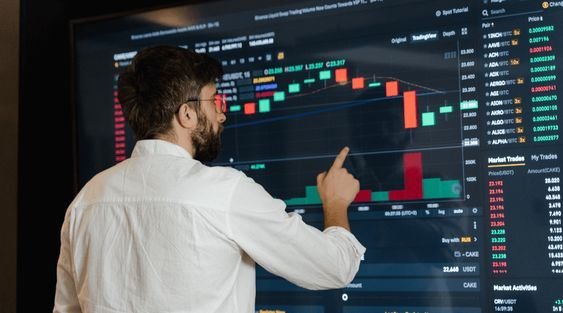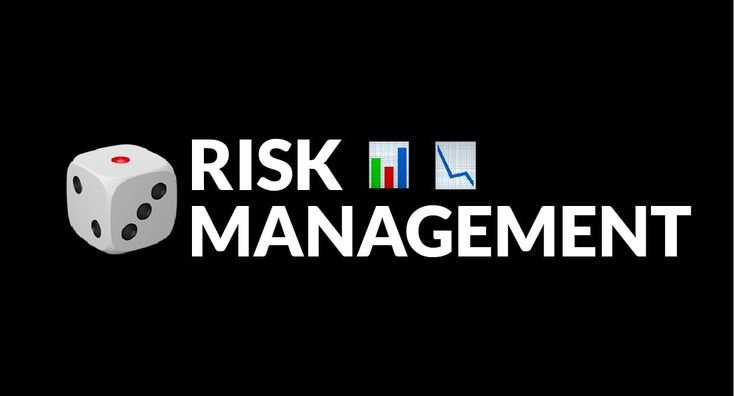
Hello Hive users!
I hope you're all doing well. I wanted to share something exciting with you — I’ve recently started a course here on Hive where I’m guiding you step-by-step through spot trading.
The skills I’ve learned, I’m now sharing with you so that we can grow together. My content mainly focuses on cryptocurrency and artificial intelligence (AI). While I teach spot trading, I also regularly post about crypto and AI to help educate and inspire others in this space.
My first post in the series was an introduction to what spot trading actually is. From there, I’ve been breaking it down step by step in simple, beginner-friendly language.
Today’s post is all about one of the most important topics in trading — Risk Management.
What is risk Management

Let’s be honest — the word “risk” can be scary, especially when we’re talking about money. But in the world of spot trading, risk management is what protects you from losing it all when things don’t go your way. No matter how confident you are in your trade, the market doesn’t care. It moves on its own terms.
It’s a set of strategies that help you control your losses so that one bad trade doesn’t wipe out your entire account. Think of it like this: if you were crossing a busy road, wouldn’t you look both ways first? That’s what risk management does — it gives you a plan before you step into the market.
One of the most basic rules is to never risk more than 1–2% of your capital on a single trade. This way, even if the trade goes wrong, your portfolio stays alive and you’re able to trade another day. It’s not about avoiding losses — it’s about surviving them.
Setting a stop-loss is one of the smartest things you can do as a trader. Think of it like the brakes in your car — if the market suddenly moves against you, a stop-loss will automatically close your trade before things get worse. Yes, you might take a small hit, but it protects you from losing much more.
It’s also really important to keep your emotions in check. Emotions are one of the biggest reasons traders fail. Don’t hold onto losing trades hoping they’ll turn around, and don’t chase profits just because you’re feeling lucky. Stay calm, follow your plan, and always treat trading like a serious business — not a game.
Risk management might not be the most exciting part of trading, but it’s the reason people are able to stay in the game long term. If you’re serious about trading — and want to keep growing in this space — learning how to manage risk is absolutely essential.
Thanks to your post i now understand risk management clearly....
But i have a question,we say it's safe to risk just 1% -2% of our portfolio's, could it ever happen that you loss consistently 1-2% and end up with nothing?
No,its never happened to me beacause I am professional trader
Congratulations @veosine! You have completed the following achievement on the Hive blockchain And have been rewarded with New badge(s)
Your next target is to reach 50 replies.
You can view your badges on your board and compare yourself to others in the Ranking
If you no longer want to receive notifications, reply to this comment with the word
STOPCheck out our last posts: